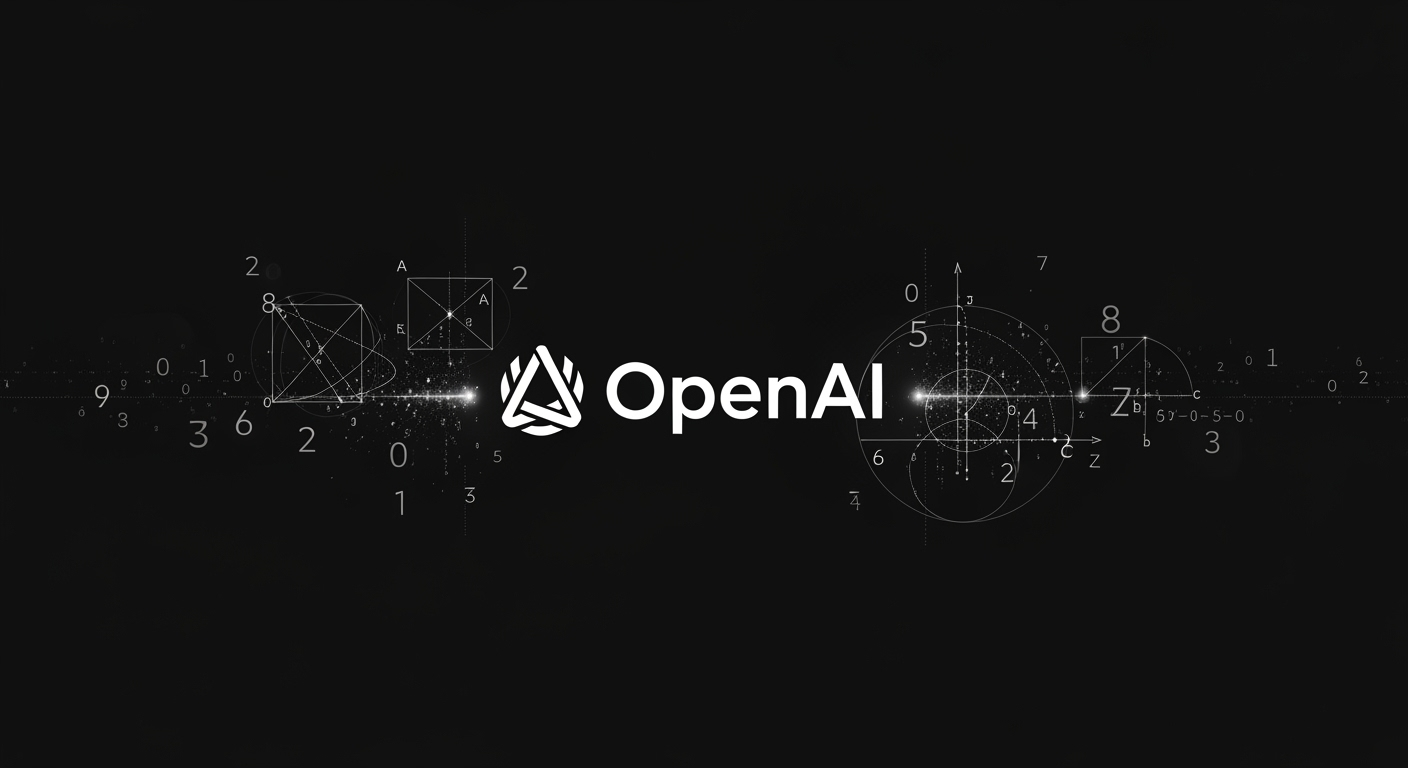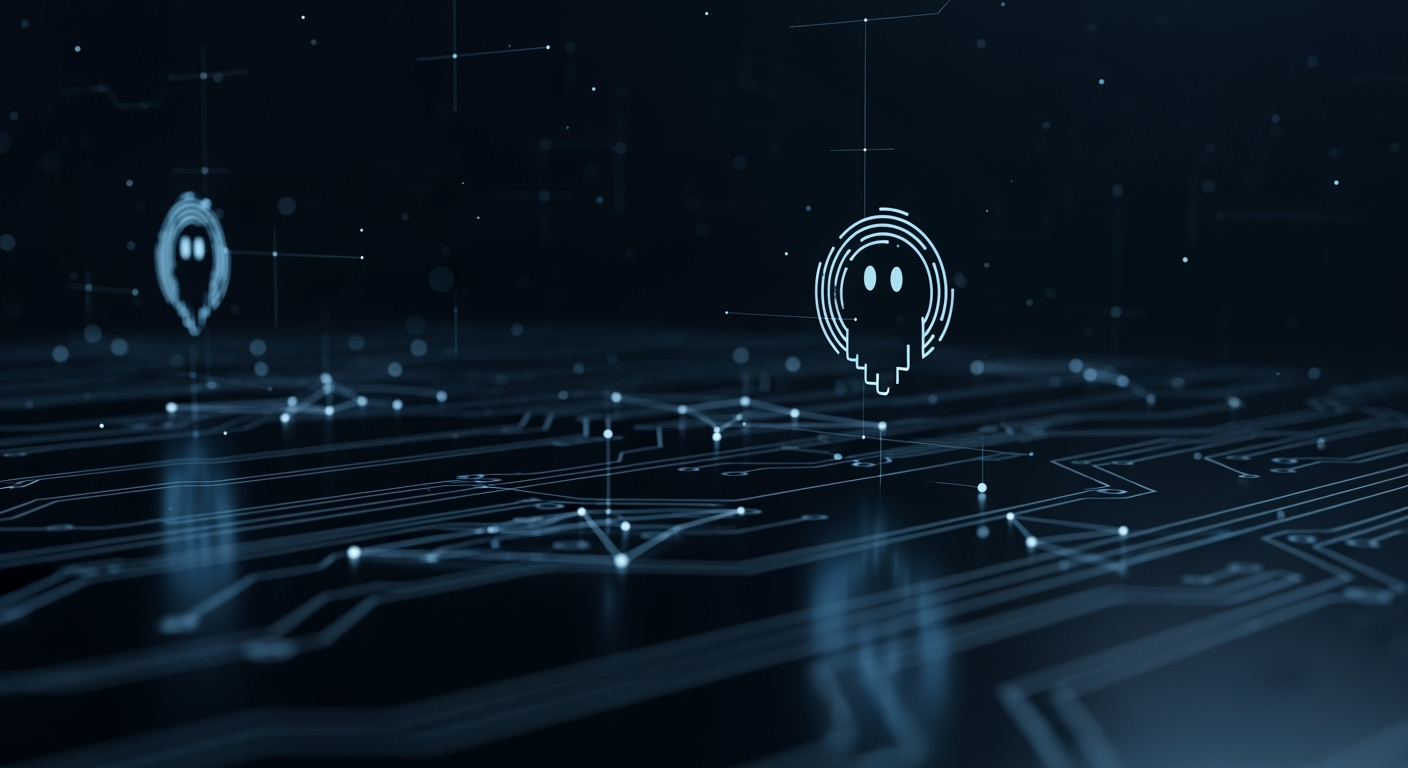Nvidia’s Research Lab: From Ray Tracing Roots to AI and Robotics Powerhouse

Nvidia’s Research Lab: The Engine Behind a $4 Trillion AI Giant
In 2009, Nvidia’s research lab was a small team of a dozen scientists focused mainly on ray tracing for computer graphics. Fast forward to today, and the lab boasts over 400 researchers and plays a fundamental role in Nvidia’s meteoric rise to a $4 trillion market cap and its dominant position in artificial intelligence and robotics.
From Modest Beginnings to Innovation Powerhouse
Bill Dally, now Nvidia’s chief scientist, joined the company’s research lab in 2009 after a stint at Stanford and years of consulting for Nvidia. At the time, Nvidia was still known mainly for graphics cards in the gaming world, but Dally saw an opportunity to make a significant impact.

Dally’s arrival marked the beginning of an ambitious expansion. The lab quickly broadened its research scope beyond ray tracing, delving into areas like circuit design, very large-scale integration (VLSI), and eventually, AI hardware and software. Today, this team is at the heart of Nvidia’s drive into robotics and next-gen AI systems.
Pioneering AI Hardware Before the Boom
Nvidia’s foresight into AI began in 2010, long before the current explosion in machine learning. The research lab started adapting GPUs for AI workloads, investing heavily in software and collaborating with global AI researchers. This early bet positioned Nvidia as the go-to provider for AI infrastructure, from data centers to autonomous vehicles.
"We said this is amazing, this is gonna completely change the world... We started specializing our GPUs for it and developing lots of software to support it, engaging with the researchers all around the world who were doing it, long before it was clearly relevant," Dally notes.
Shifting Focus: Physical AI and Robotics
As Nvidia’s lead in AI computing solidified, the research team set its sights on the next frontier: robotics and physical AI. The goal? To develop the ‘brains’ for robots that can interact with our world in real time.
Sanja Fidler, vice president of AI research at Nvidia, joined the company in 2018, bringing expertise in robot simulation and AI models. She spearheaded the creation of Omniverse, a Toronto-based research lab and platform for building large-scale 3D simulations for robotics development.

One major challenge was developing technology that could turn 2D images and videos into usable 3D data for simulations. Nvidia invested in differentiable rendering and neural reconstruction engines, making it possible to create rich, interactive virtual environments that train and test robotics AI.
World Models: Accelerating Robotics AI
A key output of these efforts is the Cosmos family of world AI models, which transform images and video into 3D models usable for robotics training. The first product, GANverse3D, was launched in 2021, followed by advanced neural reconstruction tools and, most recently, new world AI models for generating synthetic data announced at SIGGRAPH 2025.
These technologies are crucial for enabling robots to learn and react faster than ever. "If we can make this model significantly faster than they are today, they’re going to be tremendously useful for robotic or physical AI applications," Fidler explains.
What’s Next for Nvidia Research?
- Development of libraries and infrastructure for robotics developers
- Focus on real-time simulation and training tools for physical AI
- Continued research into making AI more responsive and effective for real-world applications
While the vision of humanoid robots in every home is still several years away, Nvidia’s research lab is laying the groundwork. Their work in generative AI for motion planning, perception, and manipulation is steadily pushing the field forward.
"As we solve each of these individual little problems and as the amount of data we have to train our networks grows, these robots are going to grow," Dally summarizes.





